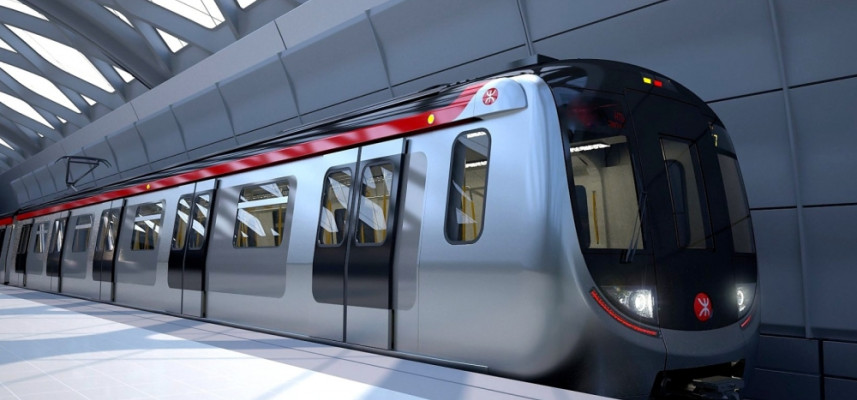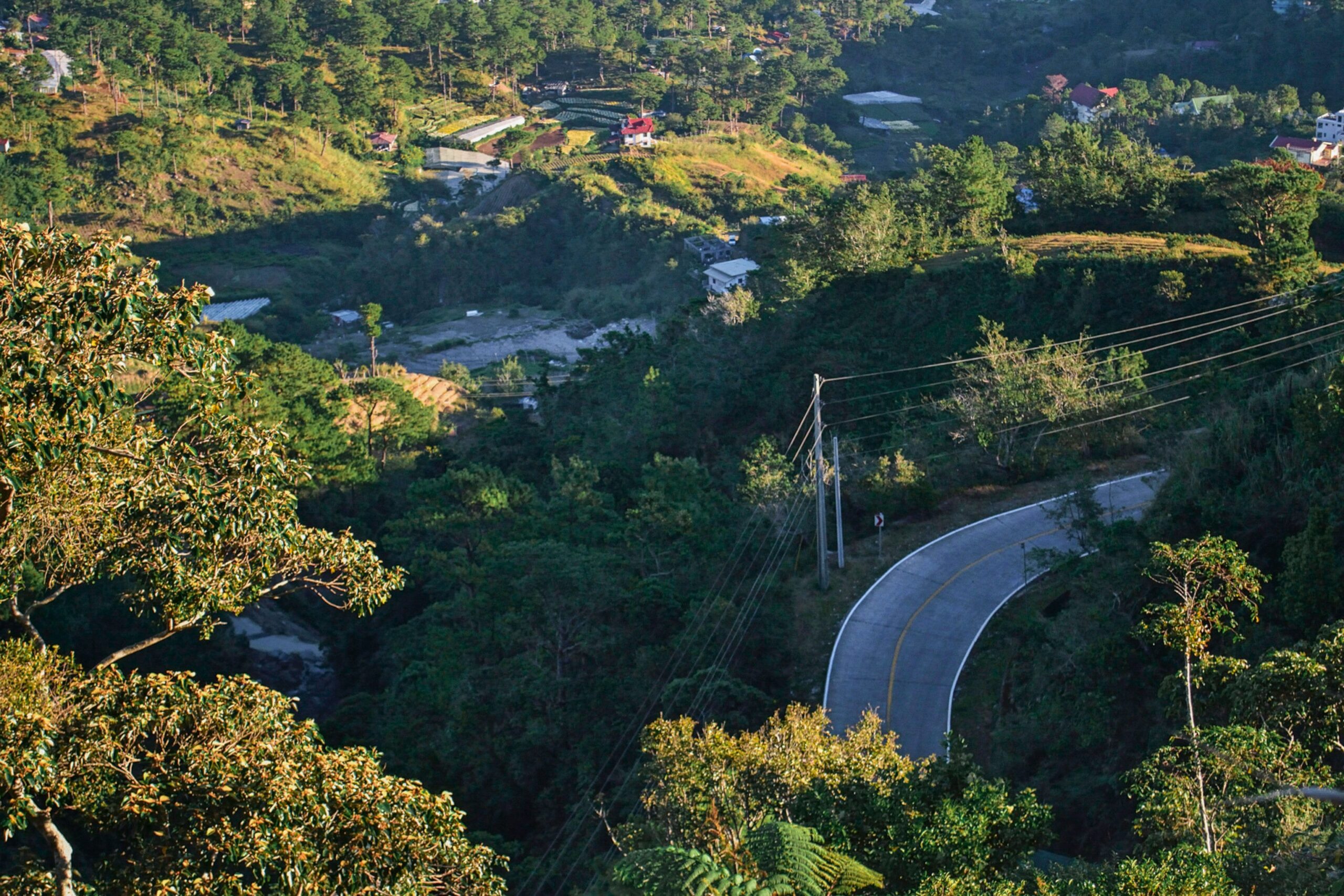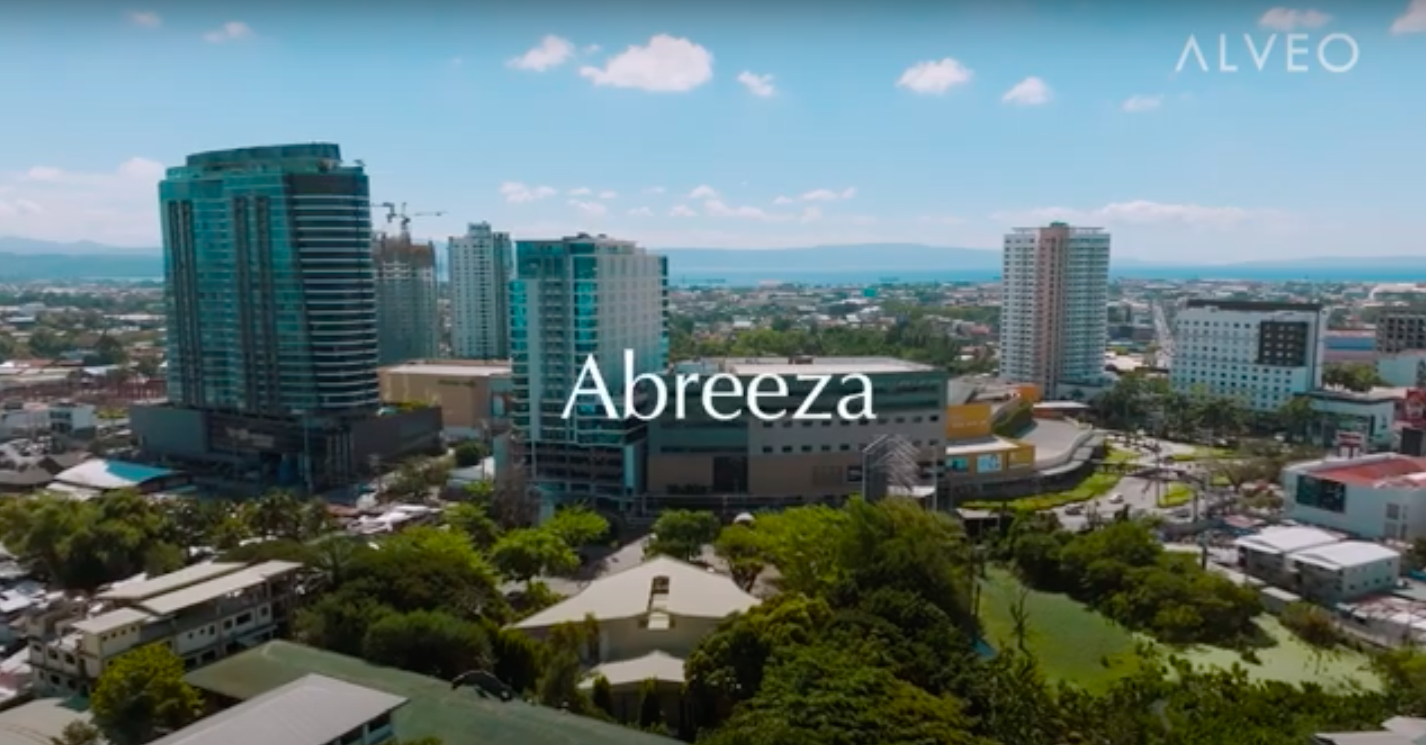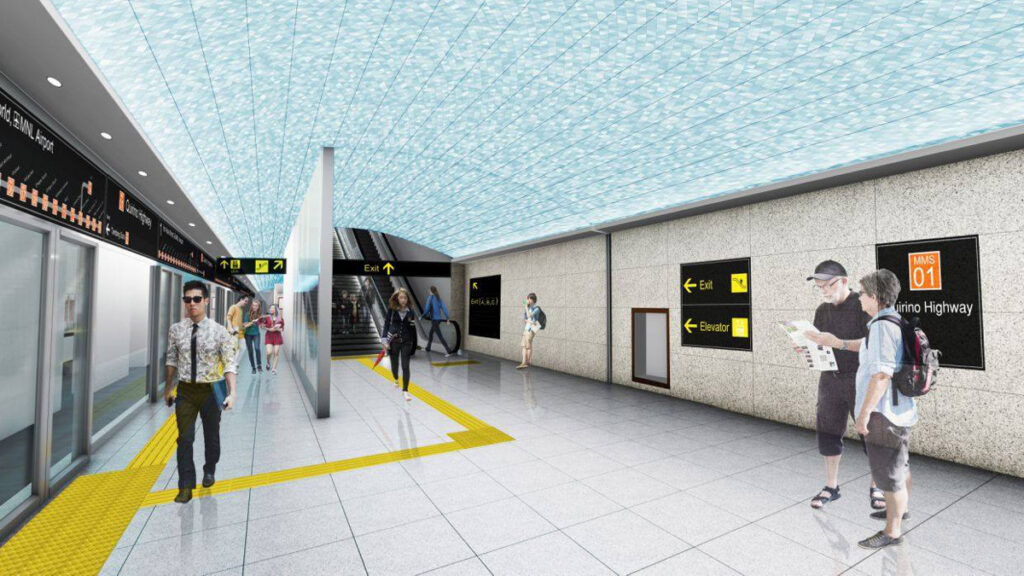
Manila, Philippines – The ongoing construction of the Metro Manila Subway (MMS) is poised to revolutionize the city’s transportation landscape and, in turn, significantly impact real estate development. As the country’s first underground railway system, the MMS is expected to alleviate traffic congestion, improve accessibility, and boost economic growth.
A Game-Changer for Commuters The MMS, once fully operational, will provide a high-capacity, rapid transit system connecting North Caloocan to Dasmariñas, Cavite. With its 17 stations and a projected daily ridership of 1.5 million, it is expected to reduce travel time between key destinations and enhance the quality of life for millions of commuters.
Driving Real Estate Development The construction of the MMS is already having a ripple effect on the real estate market. Areas near stations are witnessing a surge in demand for residential and commercial properties. Developers are capitalizing on the increased accessibility and potential for higher property values by constructing new projects, including condominiums, mixed-use developments, and commercial centers.
- Increased Property Values: Properties located within walking distance of MMS stations are expected to appreciate significantly. The convenience and accessibility offered by the subway will make these areas highly desirable for both residents and businesses.
- New Development Opportunities: The MMS is creating new development opportunities, particularly in previously underserved areas. Developers are now exploring the potential of building large-scale projects that can cater to the growing demand for housing and commercial spaces.
- Transit-Oriented Development (TOD): The MMS is promoting TOD, a planning approach that encourages development around public transportation hubs. This can lead to more sustainable and walkable communities, as well as increased economic activity.
Challenges and Opportunities While the MMS offers immense potential for real estate growth, there are also challenges to be addressed. Land acquisition, construction costs, and potential traffic disruptions during construction are among the factors that need to be carefully managed. However, the long-term benefits of the project far outweigh these challenges.
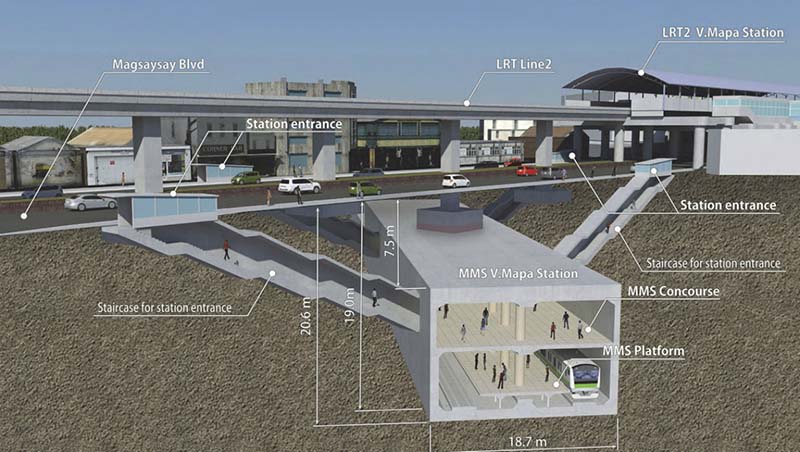
Conclusion The Metro Manila Subway is not just a transportation project; it is a catalyst for urban transformation. By improving connectivity, enhancing accessibility, and boosting economic growth, the MMS is set to redefine the future of Metro Manila. As the city continues to develop, the impact of this ambitious project will be felt for generations to come.


